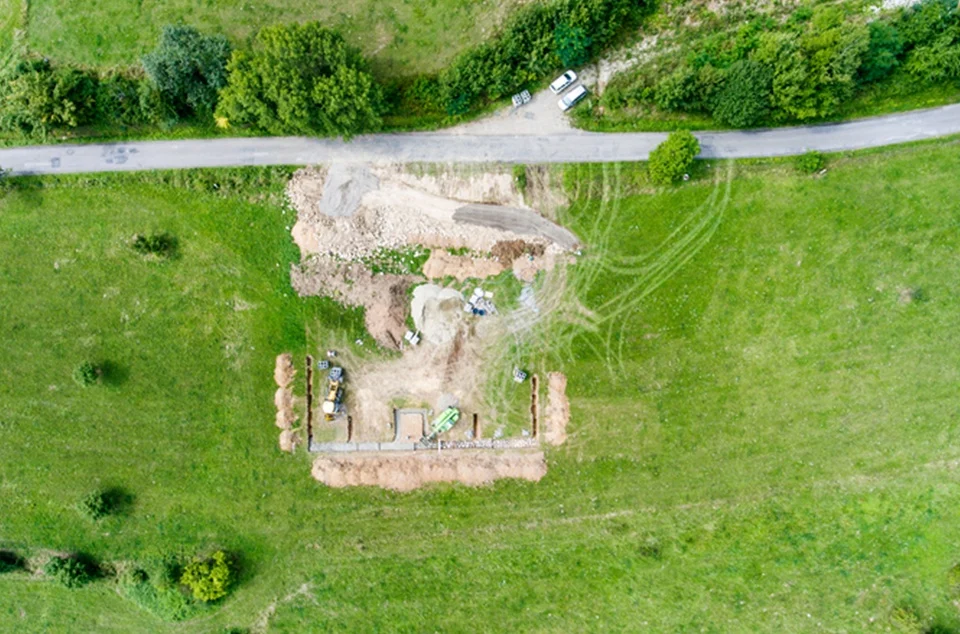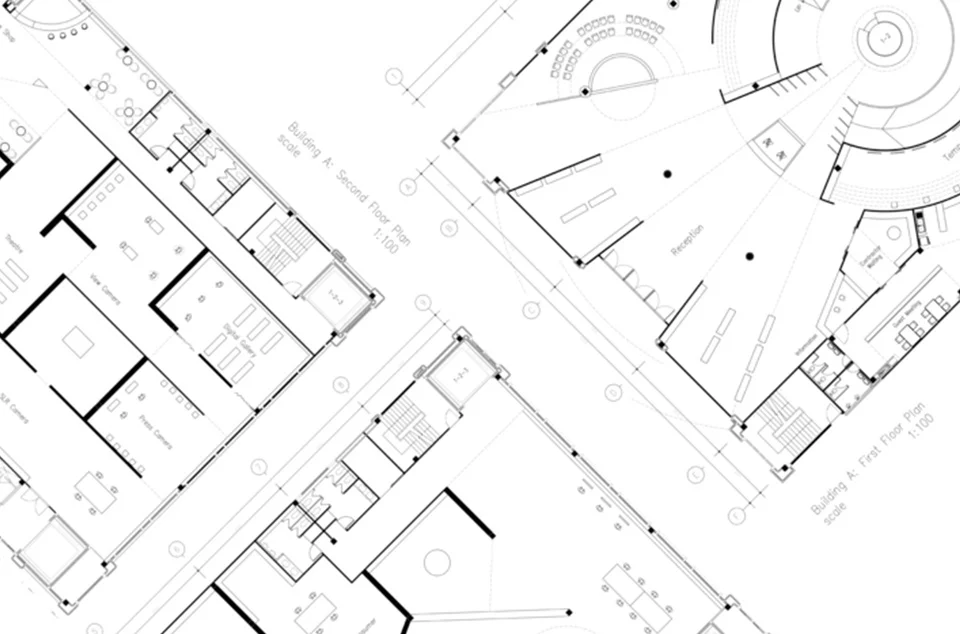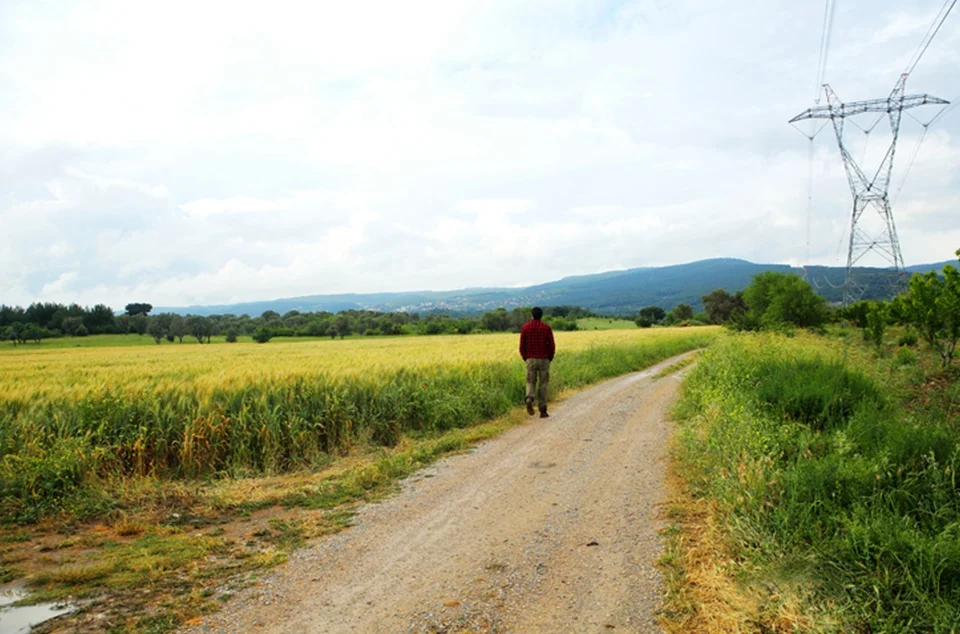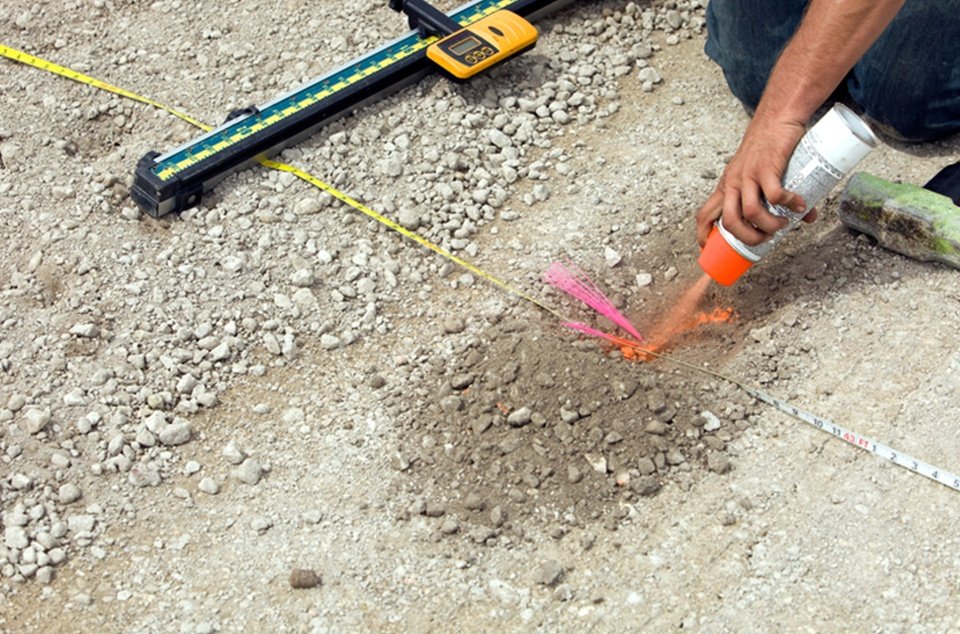Get to know your bylaws

Whether you’re building from scratch on an empty lot or updating a vintage cottage with 21st-century amenities, knowing your bylaws before you start is an absolute must. Bylaws dictate what and where you can build, and not being familiar with them can derail your project, upset your neighbours, or end up being an expensive mistake.
Here are the 5 bylaws we deal with the most often, so you can learn them and love them — or at least learn to live with them.

- Zoning
Zoning bylaws should be your first step before starting any build, as they lay out exactly what you can and can’t use your land for. There are 3 key zoning laws to watch out for: the Official Zoning Plan covers all the general policies in your municipality; the Comprehensive Zoning Plans splits the municipality into sections known as “land use zones” with detailed maps and explanations of the type of buildings allowed on each; and the Free-Standing Zoning Bylaw, found in smaller rural municipalities (like cottage country) which determine zoning for one specific property.

- Setbacks
Setback bylaws determine how far your property must be setback from various places or things. Pretty straightforward, right? The issue with setbacks is they vary in size depending on what you’re setting back from, like the water’s edge, side of property boundaries or the road, for example. Before building or adding, make sure you know exactly what’s around your property, and how far you must be from it.

- Conservation Authorities Requirements
The Conservation Authority works closely with municipalities to analyze the environmental impact of building — or any activities — near significant environmental areas. You’ll have to observe these bylaws if your build is near any of the following: sensitive or protected areas like wetlands or river and stream valleys; fish habitats; significant wetlands; hydrogeology and stormwater studies; and septic system reviews.

- Distances Required From Power Lines
Before you do anything on your lot, look up! If you spot a power line running through your space, it’s time to check power line bylaws. A bisecting power line can significantly cut down even the biggest lot: in Ontario, Hydro One requires a minimum 15ft separation between hydro lines and any construction. You can also contact them directly to schedule an on-site assessment, just to be sure.

- Coverage Bylaws
Coverage bylaws lay out what percentage of your lot can be covered by any building, or structure on or above the surface of the lot. If you’re starting a new build, you must know your lot dimensions, the exact square footage of your proposed structure, and your lot coverage percentages before you start. Accessory structures also have their own coverage bylaws (generally, accessory structures can not cover more than 10% of your total lot, but check your municipality to be sure), so these are worth investigating if you’re planning on building a new bunkie or storage shed.
While this seems like a lot, tracking down your municipality’s bylaws is relatively simple: most are digitized and available online through your municipality’s official website. More obscure bylaws might require a quick phone call to your municipal office, but it’s more than worth the effort when you consider the alternative!






